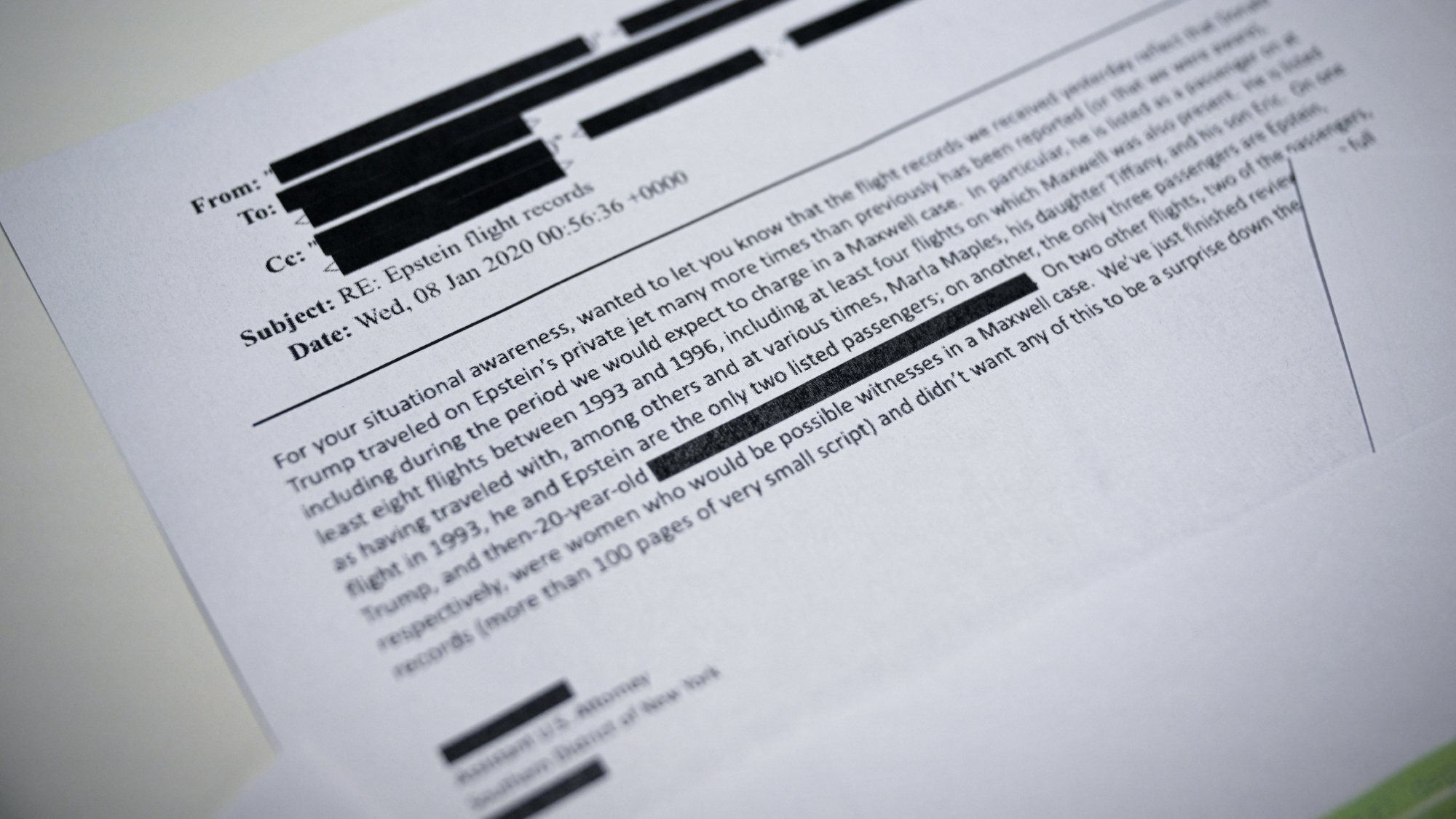The moon has been listed as a threatened historic site
Human influence has extended to space

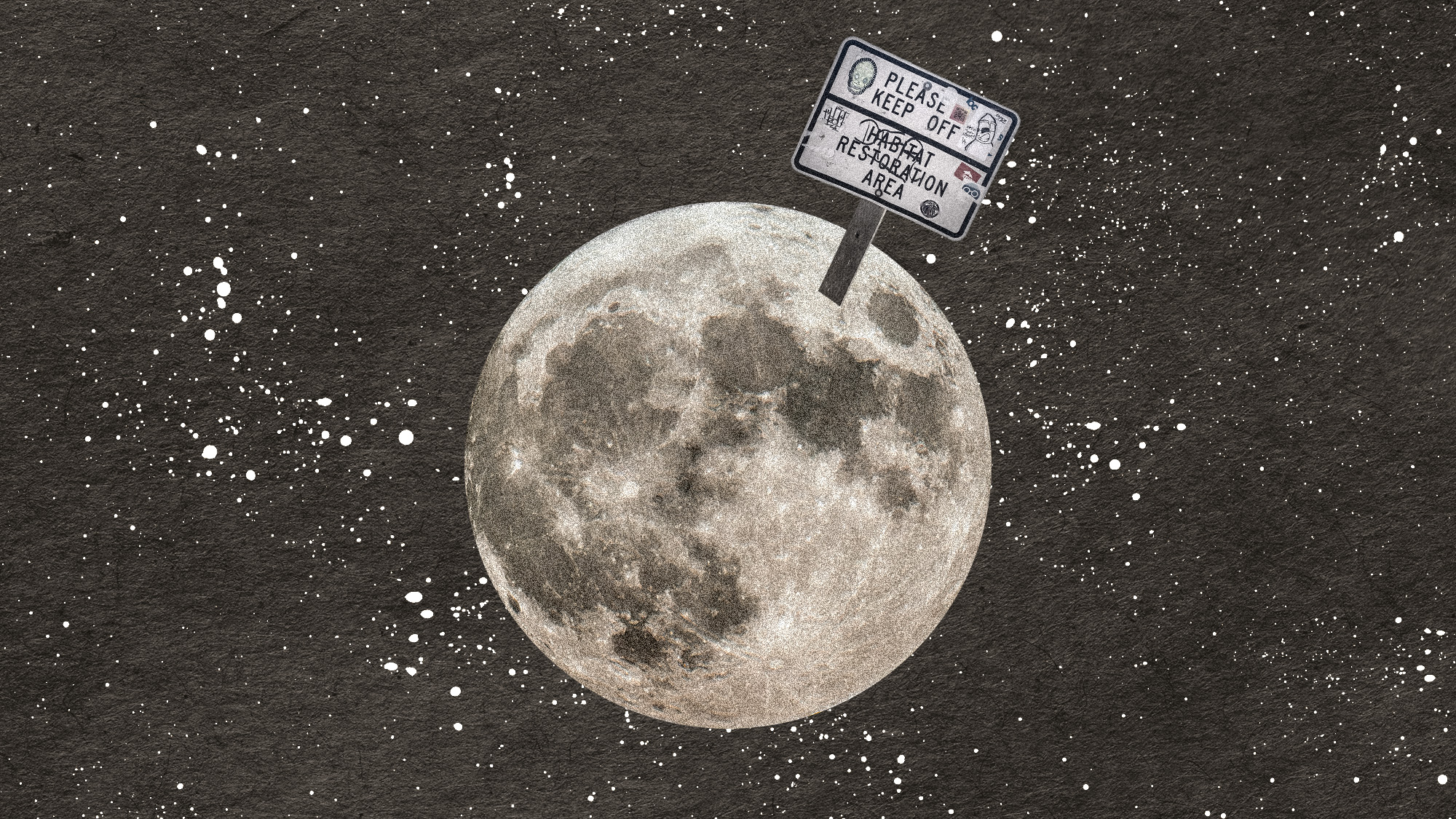
The moon is now considered a threatened heritage site, alongside 24 other earthly sites, because the lunar surface holds a significant number of artifacts with the potential to be destroyed amid newer moon missions. In order to protect our celestial satellite in the future, countries will have to work together in governing space flight.
A lunar legacy
The World Monuments Fund is a preservation organization that draws attention to historic sites across the world that are at risk due to "climate change, tourism, human conflict and political crises, natural disasters, rapid urbanization or insufficient funding and resources," said Newsweek. This year, for the first time, the WMF's list extended beyond earthly borders. "The Moon is included on the Watch to reflect the urgent need to recognize and preserve the artifacts that testify to humanity's first steps beyond Earth — a defining moment in our shared history," said the president and CEO of WMF, Bénédicte de Montlaur, in a statement.
The moon has become a target for several countries because of its resource potential. The NASA Artemis mission wants to put man back on the moon and establish a lunar base. There has also been an expanding interest in space tourism. As a result, the moon has seen increased human activity, which could destroy "items such as the camera that captured the televised moon landing; a memorial disk left by astronauts Armstrong and Aldrin; and hundreds of other objects," said de Montlaur. In all, more than 90 sites on the moon's surface could be at risk in the new space race, warns the WMF.
The Week
Escape your echo chamber. Get the facts behind the news, plus analysis from multiple perspectives.

Sign up for The Week's Free Newsletters
From our morning news briefing to a weekly Good News Newsletter, get the best of The Week delivered directly to your inbox.
From our morning news briefing to a weekly Good News Newsletter, get the best of The Week delivered directly to your inbox.
Maintaining the moon
Preserving the moon is not an easy task. "Protections for cultural heritage are typically decided by individual countries, which makes the task of taking care of important international sites like the moon more difficult," said The New York Times. The moon does not belong to any one country. Instead, 53 countries signed the UN Artemis Accords in 2020 to "establish a common vision via a practical set of principles, guidelines, and best practices to enhance the governance of the civil exploration and use of outer space."
Despite the Artemis Accords, the moon still faces "mounting risks amidst accelerating lunar activities," de Montlaur said. On the day the WMF list was released, for example, a SpaceX rocket launched two privately developed robotic lunar landers to the moon. Many of these explorations are "undertaken without adequate preservation protocols," de Montlaur added. "Before we can send our humans back to the moon, we are sending a lot of science and a lot of technology ahead of time to prepare for that," said Nicola Fox, the head of NASA's science mission directorate, to CBS News.
"The inclusion of the Moon on the 2025 Watch advocates for international agreements and protections for lunar heritage sites and invites a broader public conversation on what this new Space Age might mean for the Moon's cultural and natural landscape," said the WMF. Other cultural sites on the WMF list this year include the city of Gaza and Kyiv Teacher's House in Ukraine, both of which have been put at risk by ongoing war.
A free daily email with the biggest news stories of the day – and the best features from TheWeek.com
Devika Rao has worked as a staff writer at The Week since 2022, covering science, the environment, climate and business. She previously worked as a policy associate for a nonprofit organization advocating for environmental action from a business perspective.
-
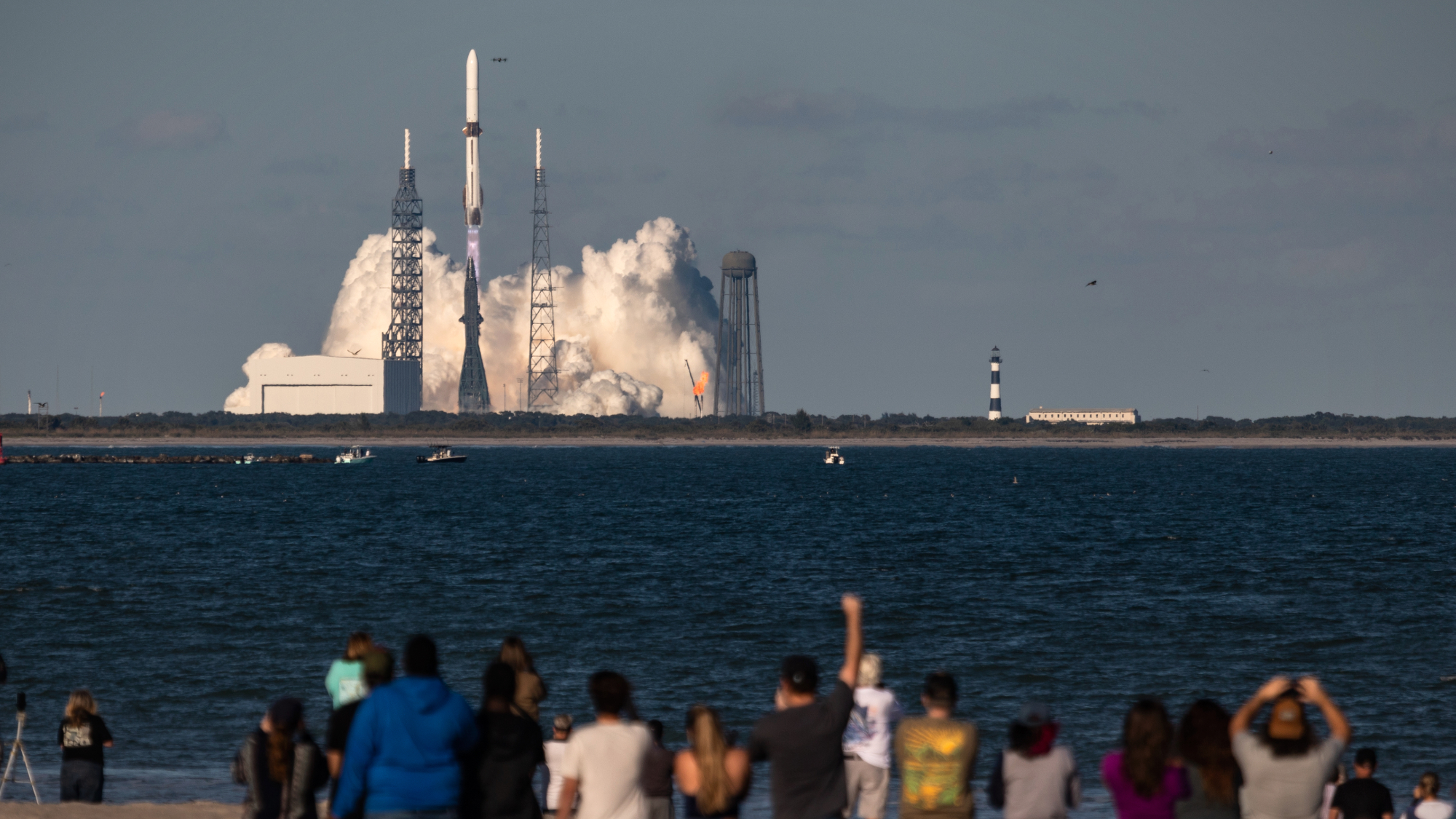 Blue Origin launches Mars probes in NASA debut
Blue Origin launches Mars probes in NASA debutSpeed Read The New Glenn rocket is carrying small twin spacecraft toward Mars as part of NASA’s Escapade mission
-
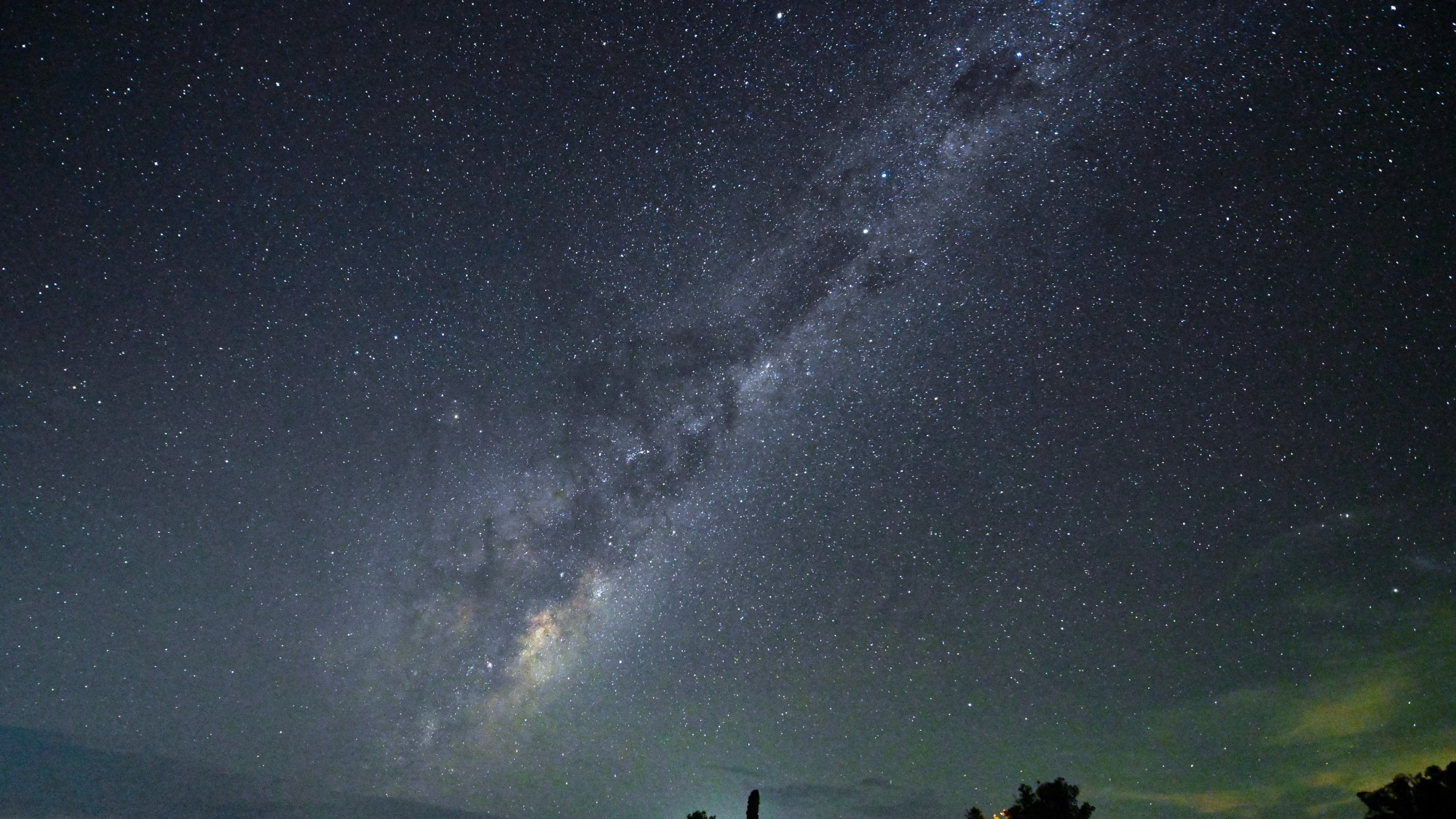 ‘The Big Crunch’: why science is divided over the future of the universe
‘The Big Crunch’: why science is divided over the future of the universeThe Explainer New study upends the prevailing theory about dark matter and says it is weakening
-
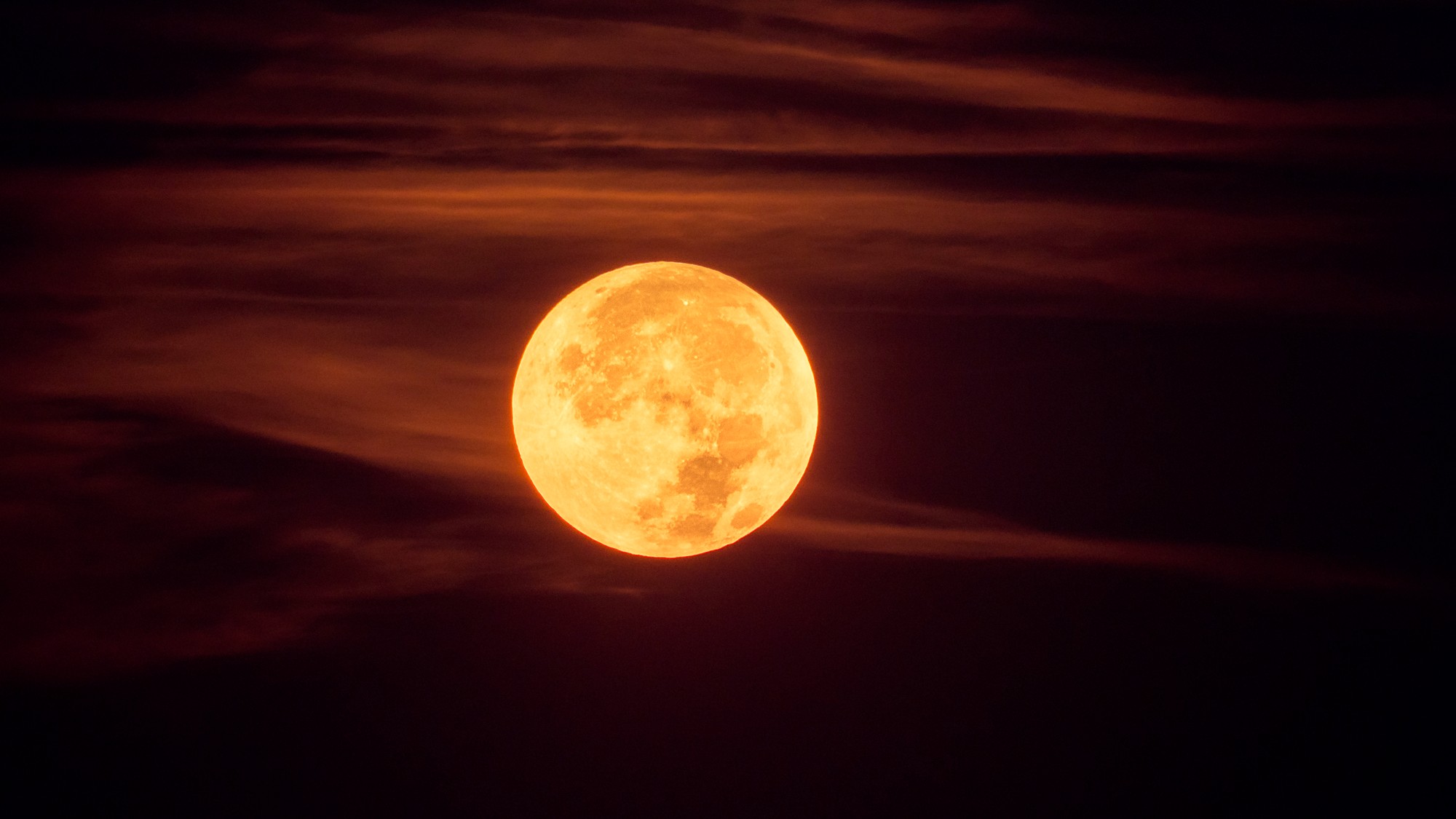 The moon is rusting
The moon is rustingUnder the radar The Earth is likely to blame
-
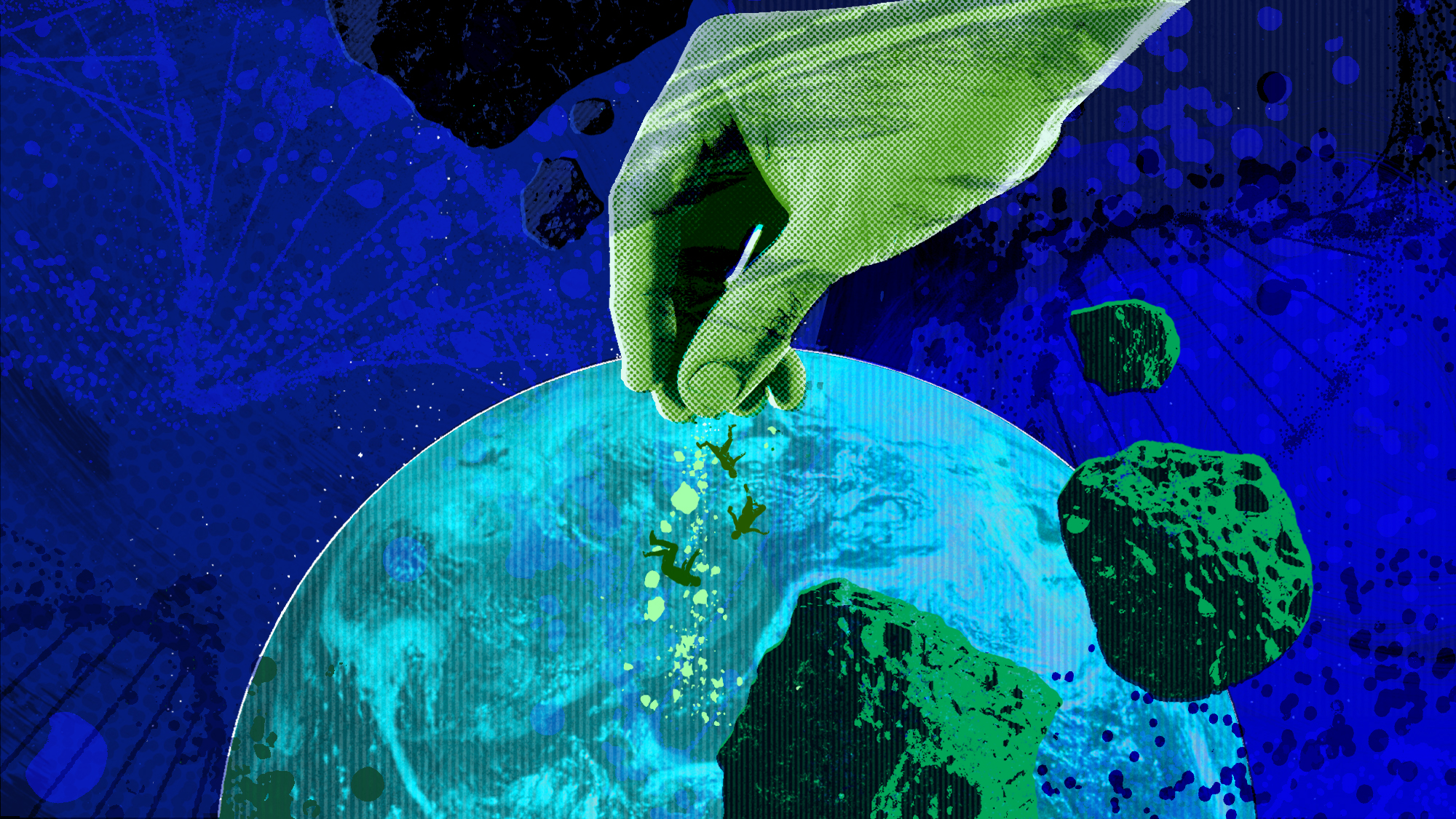 Panspermia: the theory that life was sent to Earth by aliens
Panspermia: the theory that life was sent to Earth by aliensUnder The Radar New findings have resurfaced an old, controversial idea
-
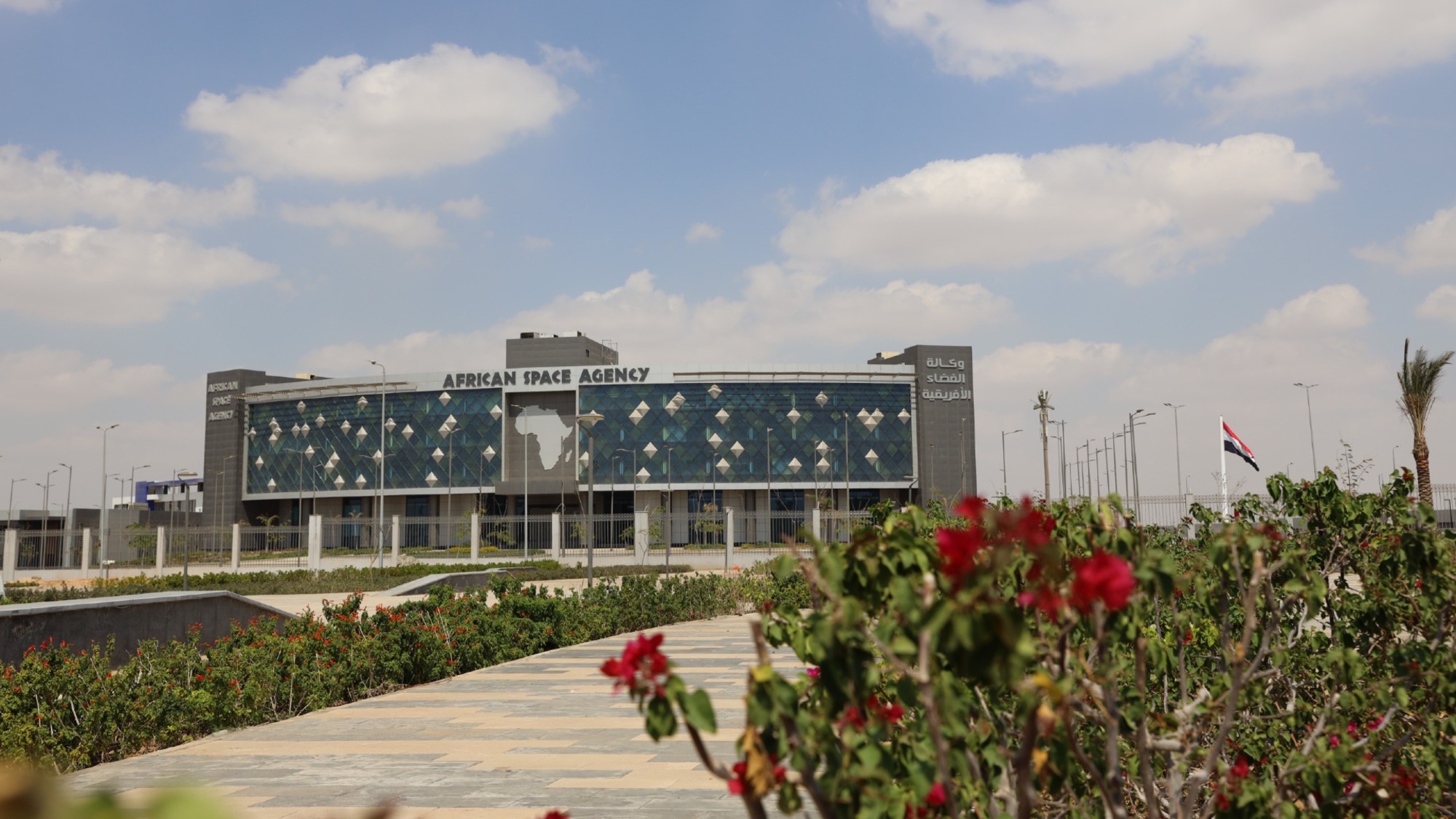 Africa could become the next frontier for space programs
Africa could become the next frontier for space programsThe Explainer China and the US are both working on space applications for Africa
-
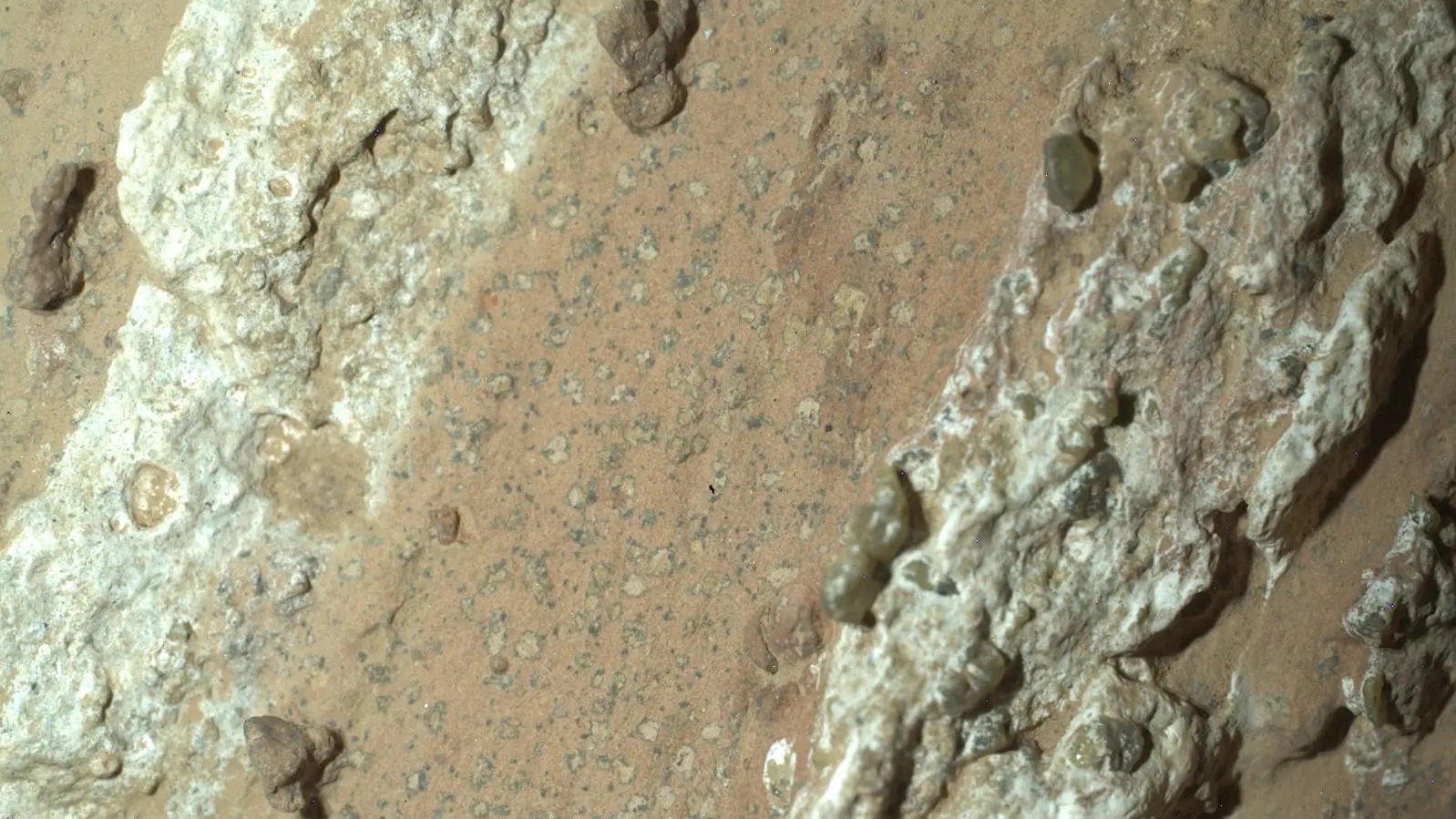 NASA reveals ‘clearest sign of life’ on Mars yet
NASA reveals ‘clearest sign of life’ on Mars yetSpeed Read The evidence came in the form of a rock sample collected on the planet
-
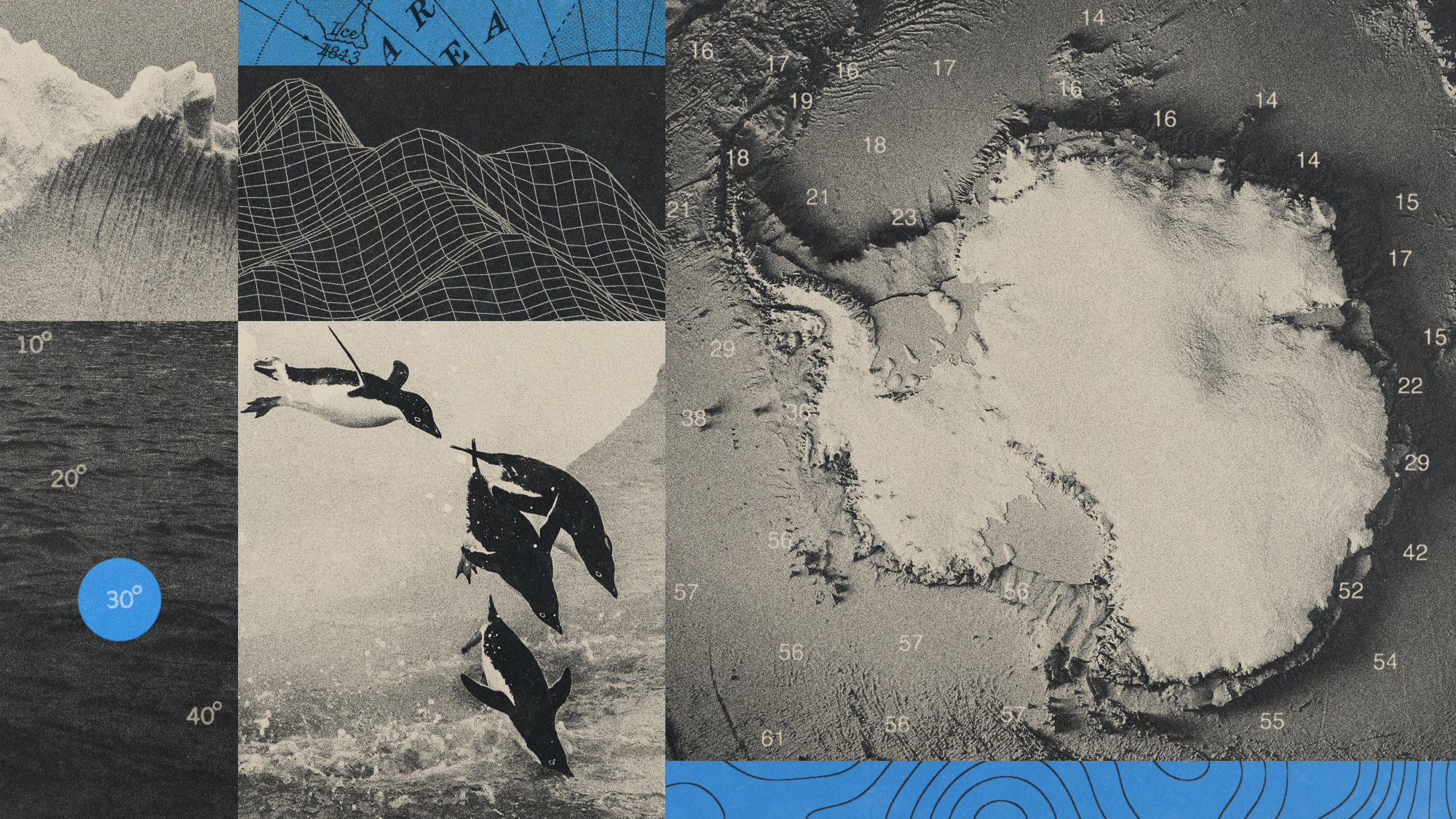 Canyons under the Antarctic have deep impacts
Canyons under the Antarctic have deep impactsUnder the radar Submarine canyons could be affecting the climate more than previously thought
-
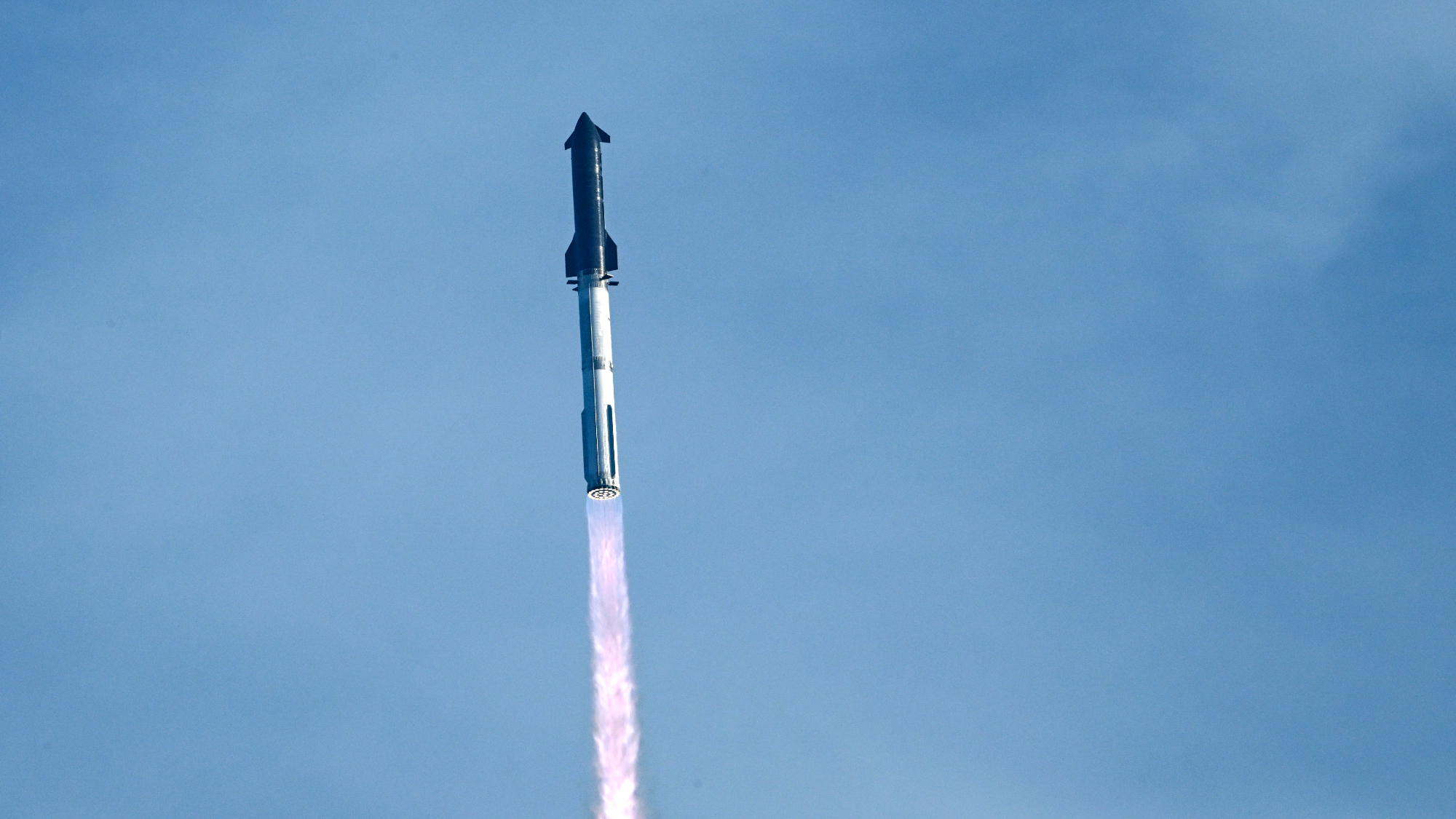 SpaceX breaks Starship losing streak in 10th test
SpaceX breaks Starship losing streak in 10th testspeed read The Starship rocket's test flight was largely successful, deploying eight dummy satellites during its hour in space


